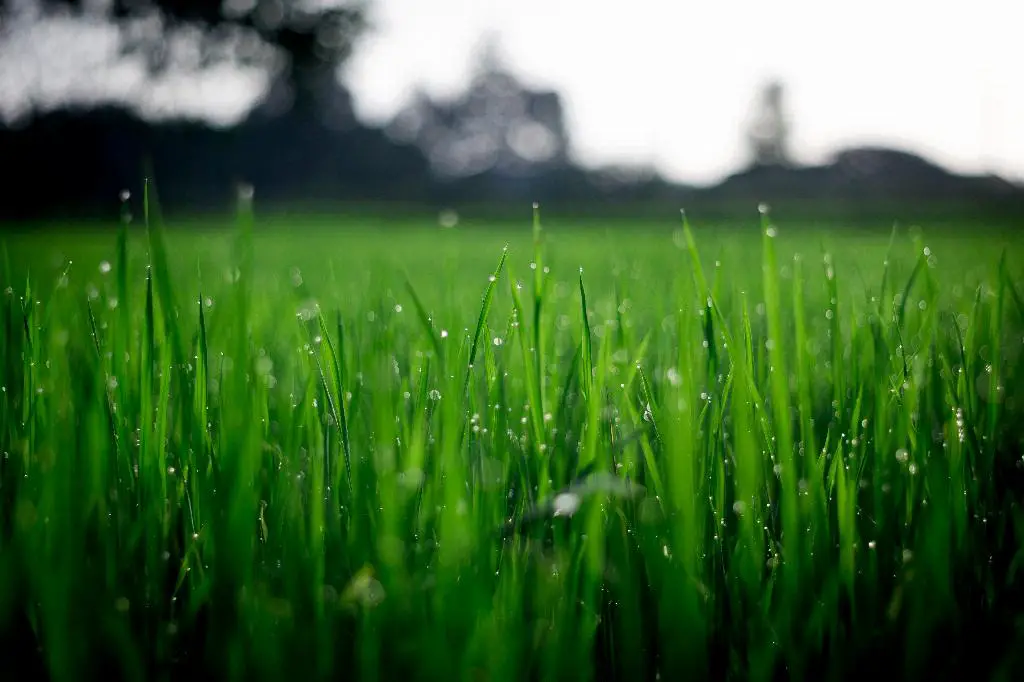When it comes to maintaining a healthy and vibrant home lawn, one crucial aspect that often gets overlooked is the soil pH. The pH level of the soil has a significant impact on the overall health and quality of the grass in your lawn. This is where lawn lime comes into play as a valuable tool in managing soil acidity and alkalinity.
Understanding Soil pH and Its Effects on Home Lawns
Soil pH is a measure of the soil’s acidity or alkalinity, with a scale ranging from 0 to 14. A pH of 7.0 is considered neutral, while values below 7.0 are acidic and above 7.0 are alkaline. Most grasses prefer a pH level ranging from 6.0 to 7.0, which is slightly acidic to neutral.
The Role of Lawn Lime in Adjusting Soil pH
Lawn lime, also known as agricultural lime or garden lime, is a soil amendment made from pulverized limestone. When applied to acidic soils, lime works to raise the pH level and make the soil more alkaline. This adjustment creates a more favorable environment for grass growth and overall lawn health.
Benefits of Using Lime on Your Lawn
There are several key benefits to incorporating lime into your lawn care routine. Firstly, by raising the soil pH, lime helps to unlock essential nutrients in the soil, making them more available to the grass roots. This, in turn, promotes healthier growth and greener grass.
Enhanced Nutrient Uptake and Fertilizer Efficiency
Proper soil pH is crucial for optimal nutrient uptake by the grass roots. When the soil pH is imbalanced, even if you apply fertilizers, the grass may struggle to absorb the nutrients effectively. Lime helps to maximize the efficiency of fertilizers, ensuring that your lawn receives the necessary nutrients for lush growth.
Improved Microbial Activity in the Soil
Healthy soil is teeming with beneficial microorganisms that play a vital role in breaking down organic matter and releasing nutrients for plant uptake. Lime creates a more hospitable environment for these microbes, enhancing soil fertility and promoting a thriving ecosystem beneath the surface.
Enhanced Root Growth and Drought Tolerance
By maintaining the optimal pH level, lime supports robust root growth in your grass, leading to a stronger and more resilient lawn. Deeper roots not only help the grass withstand drought conditions but also improve its overall vigor and ability to compete with weeds.
Preventing Soil Acidity and Aluminum Toxicity
Acidic soils can lead to toxic levels of aluminum, which can be detrimental to plant growth. Lime helps to neutralize soil acidity, reducing the risk of aluminum toxicity and creating a more hospitable environment for your grass to thrive.
Applying Lawn Lime: Best Practices
When applying lime to your lawn, it is essential to follow recommended practices to achieve the desired results. Conduct a soil test to determine the current pH level before adding lime, and apply it evenly across the lawn using a spreader for uniform coverage.
Considerations for Timing and Frequency
While lime can be applied at any time of the year, it is best to avoid extreme weather conditions such as drought or heavy rainfall. For optimal results, consider incorporating lime into your lawn care regimen annually or as recommended based on soil pH tests.
Conclusion
In conclusion, lawn lime serves as a valuable tool for managing soil pH and promoting healthy grass growth in your home lawn. By adjusting the acidity or alkalinity of the soil, lime unlocks essential nutrients, enhances microbial activity, and supports robust root development, ultimately leading to a lush and vibrant lawn for you to enjoy.

